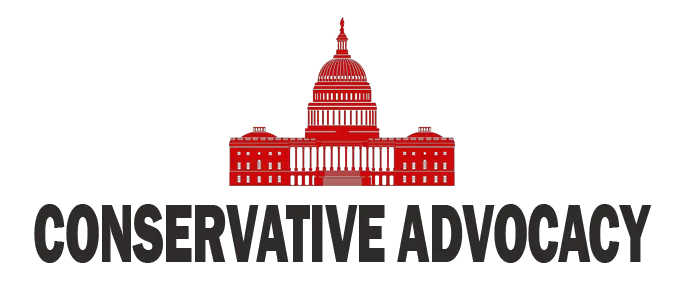In a whirlwind of diplomatic charm, President Trump has become the center of an unexpected love triangle between two Middle Eastern leaders, Saudi Arabia and Qatar. Following an impressive visit to Saudi Arabia, the President waved goodbye to a melancholy Saudi prince, who bid farewell as Trump departed. But fear not! This wasn’t a final goodbye. Trump is already on his way to Doha, ready to dive into more deals and friendly banter.
As Trump prepared to cross into Qatar, the competition was certainly heating up. The Saudis rolled out five fighter jets to escort the President, but Qatar wasn’t about to be outdone. Eight shiny jets flew in formation as Trump gazed out the window, perhaps wondering if he’d have to start collecting airline miles on his next trip. Meanwhile, a pilot cheekily took a snapshot of the President mid-flight, prompting a flurry of excitement among the press corps, who were nervously awaiting landing.
Upon arrival, Qatar laid out the royal treatment. Instead of the traditional lavender, they rolled out a striking Republican red carpet trimmed in gold—surely a sight that delighted Trump’s eye. As customary in the oil-rich kingdom, floating vessels flaunted American flags while camels and exotic horses danced through the streets, showing off the region’s flair and welcoming spirit. Unsurprisingly, Trump couldn’t hold back his admiration for the stunning architecture and the grand presence of marble finishing, a material he appreciates as a builder.
The visit was historic, marking the first time a sitting American President officially visited Qatar. The Qatari leadership was thrilled, making it clear they viewed the trip as a monumental occasion. Trump, however, couldn’t stop reminiscing about his special bond with the Saudi prince, hinting that the friendships in the Middle East are like a game of chess—strategic and full of intricate relationships. The Qatari leadership appeared to shrug this off, eager for Trump to embrace their hospitality, and it seemed they wanted their own special connection with the American President too.
The hosts pulled out all the stops, including a lavish dinner that grew from a casual gathering to an extravagant affair featuring 400 guests. Dinner was punctuated with lively performances, all while the energy of U.S.-Qatar relations was underscored. The two countries’ collaboration on energy was significant, valued at over $1.5 trillion—a number that surely had Trump’s economic ears perked. While the Qatari officials proudly celebrated their massive arms deal with Boeing, connections were made, and plans were set in motion.
But the real jaw-dropper of the visit came with Trump’s surprising meeting with Syria’s president—a leader many had considered a pariah just a few years ago. Attempting to pivot away from the prior administration’s foreign policies, Trump exhibited a dash of optimism, lifting sanctions on Syria in hopes of fostering new ties and cooling the geopolitical tensions in the area. His discussions about Iran turned into a broader tactical plan that could reshape the oil dynamics of the region, making it safer and more economically beneficial.
In a nutshell, Trump’s trip to the Middle East has been an adventure in relationship-building, with a heavy dose of negotiation sprinkled in for good measure. As alliances expand and oil deals are sealed, the outcome of these high-profile diplomatic encounters will be watched closely. With hopes set on bringing more stability and economic interests into the fold, it seems Trump is eager to do what he does best: make money and avoid war. In the world of international relations, a friendly relationship with both Saudi Arabia and Qatar could pave the way for a brighter, unified future—one where everyone can enjoy a little trade and a lot less conflict.




